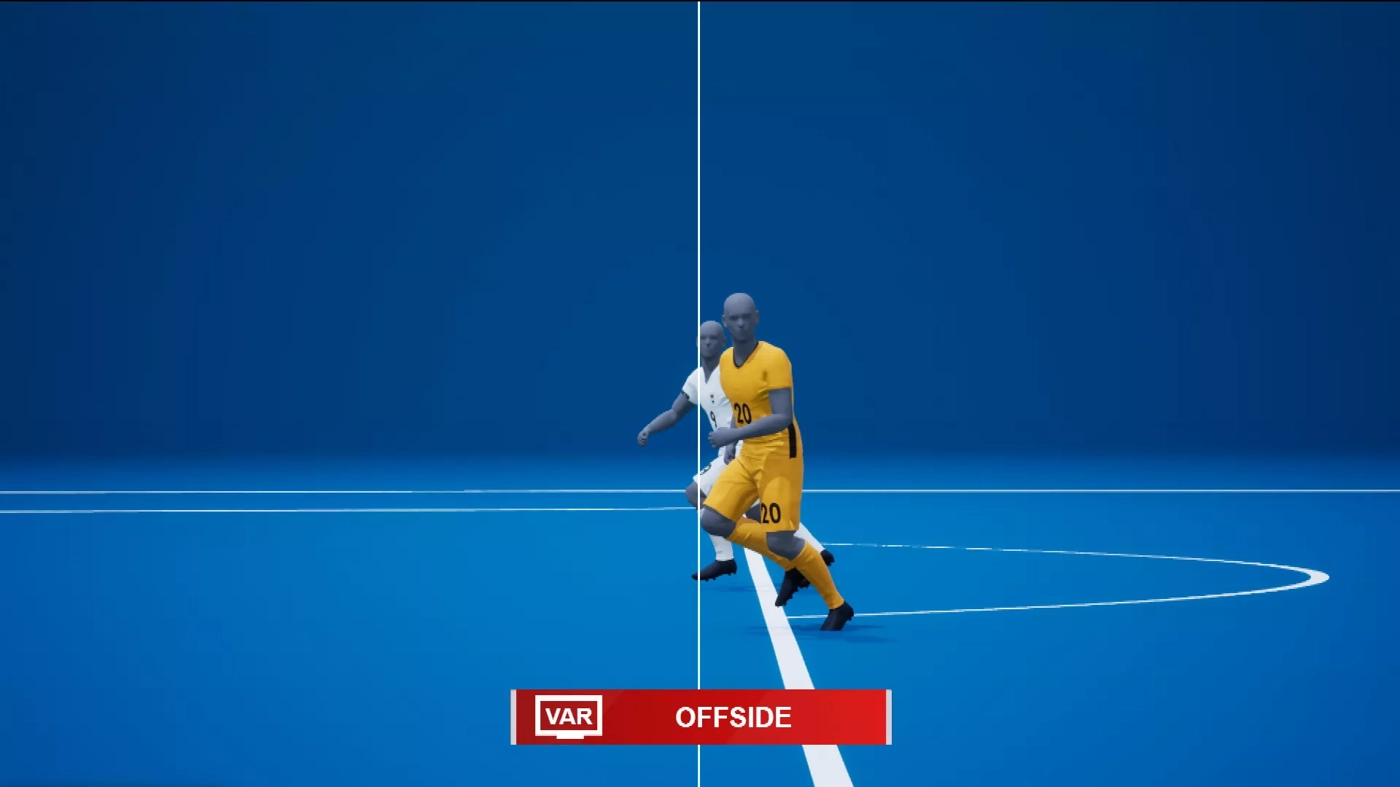
FIFA 2022 World Cup: What is semi-automated offside tech, or SAOT?
The new technology uses 12 dedicated tracking cameras mounted underneath the roof of the stadium to track the ball and up to 29 data points of each individual player, 50 times per second, calculating their exact position on the pitch

FIFA has announced that semi-automated offside technology (SAOT) will be used at the FIFA World Cup 2022 in Qatar starting on November 21, offering a support tool for the video match officials and the on-field officials to help them make faster, more accurate and more reproducible offside decisions on the biggest stage of all.
Following the successful use of VAR technology at the 2018 FIFA World Cup in Russia, FIFA President Gianni Infantino declared in ‘The Vision 2020-23’ that FIFA would “strive to harness the full potential of technology in football and further enhance VAR”. In the ensuing three years, FIFA said, it has continued to be at the cutting edge of technology in the game.
Also read: 2022 FIFA World Cup: 1.8 million tickets sold; next round of sales from July 5
“By working with adidas and various partners, and especially with the Working Group for Innovation Excellence and technology providers, FIFA has spent the last few years further improving the VAR system, including the use of semi-automated offside technology,” FIFA said.
What is SAOT?
The new technology uses 12 dedicated tracking cameras mounted underneath the roof of the stadium to track the ball and up to 29 data points of each individual player, 50 times per second, calculating their exact position on the pitch. The 29 collected data points include all limbs and extremities that are relevant for making offside calls.
Al Rihla, adidas’ official match ball for Qatar 2022, will provide a further vital element for the detection of tight offside incidents as an inertial measurement unit (IMU) sensor will be placed inside the ball. This sensor, positioned in the centre of the ball, sends ball data to the video operation room 500 times per second, allowing a very precise detection of the kick point.
By combining the limb- and ball-tracking data and applying artificial intelligence, the new technology provides an automated offside alert to the video match officials inside the video operation room whenever the ball is received by an attacker who was in an offside position at the moment the ball was played by a team-mate.
Also read: FIFA U-17 Women’s World Cup India 2022 schedule announced
Before informing the on-field referee, the video match officials validate the proposed decision by manually checking the automatically selected kick point and the automatically created offside line, which is based on the calculated positions of the players’ limbs. This process happens within a few seconds and means that offside decisions can be made faster and more accurately.
3D animation
After the decision has been confirmed by the video match officials and the referee on the pitch, the exact same positional data points that were used to make the decision are then generated into a 3D animation that perfectly details the position of the players’ limbs at the moment the ball was played.
This 3D animation, which will always show the best possible perspectives for an offside situation, will then be shown on the giant screens in the stadium and will also be made available to FIFA’s broadcast partners to inform all spectators in the clearest possible way.
The workflow of semi-automated offside technology and the connected ball technology have been successfully trialled at numerous test events and live at FIFA tournaments, including the FIFA Arab Cup 2021 and the FIFA Club World Cup 2021.
During these matches, the new technology was able to support the video match officials by helping them to make more accurate and more reproducible offside decisions in a shorter period of time.

